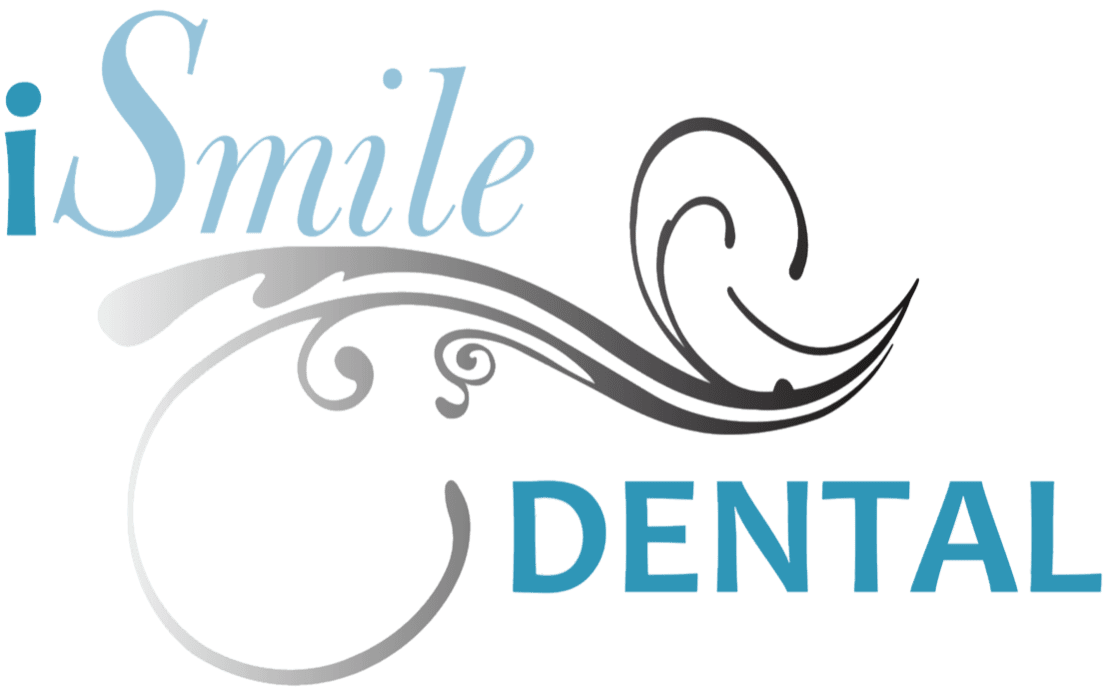

Has a decayed or missing tooth been causing you to feel self-conscious, struggle to eat, or making it difficult to sleep? Our restorative oral surgery can remedy your pain and embarrassment! We offer a select number of surgical treatments in the comfort of our state-of-the-art office to relieve your discomfort and improve your oral health and function. Our dentists at iSmile Dental are experienced in oral surgeries and leverage advanced technology to ensure your procedure is minimally invasive, efficient, and predictable. Your treatment will be comfortable and safe, helping to get you back to a healthy and pain-free life!
Our restorative oral surgery can remedy your pain and embarrassment!
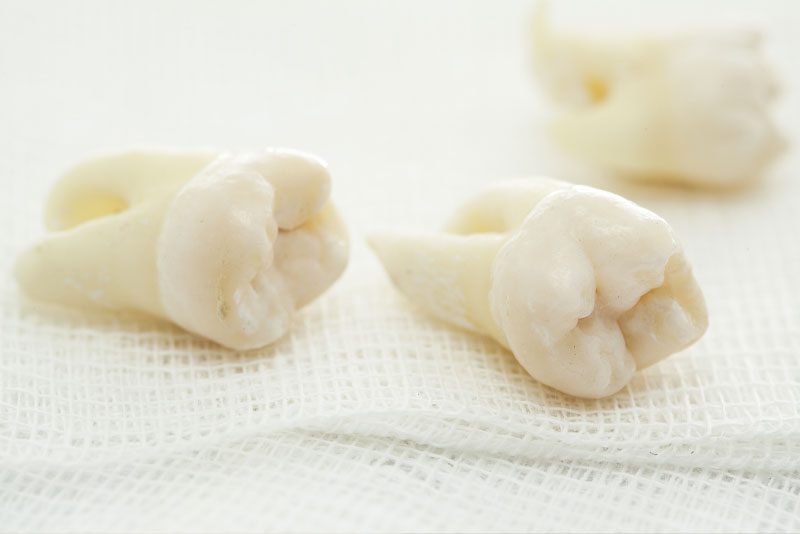
Tooth extractions are one of the most common types of oral surgery procedures. Generally a simple procedure, tooth extraction can be completed right in the dentist’s office. During this procedure, your dentist gently pulls your tooth, being careful not to disturb healthy bone or gum tissue. Another form of tooth extraction, wisdom tooth removal, is often more complex and can take up to a few hours to complete.
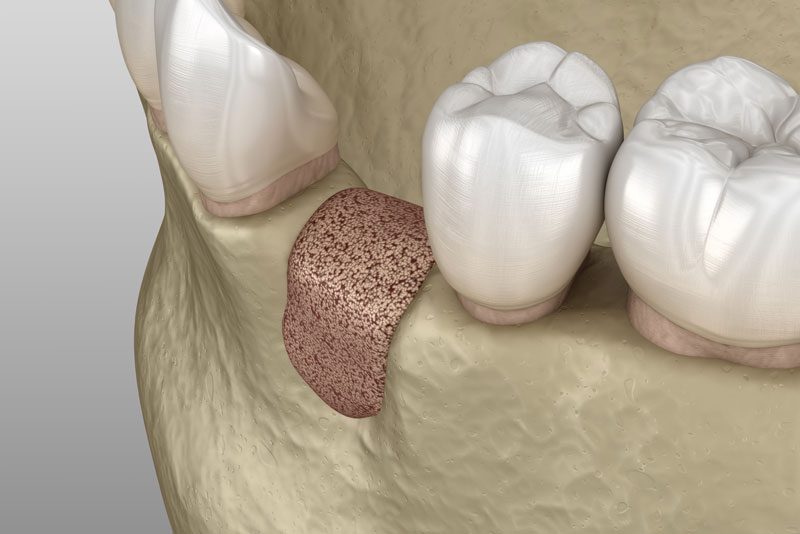
Bone grafting is a specialized oral surgery treatment that involves replacing bone levels in the jaw. Usually due to missing teeth, bone loss is ongoing and needs to be treated to support a denture or dental implants. A bone grafting procedure involves taking bone from the patient or a donor source and placing it at the site of bone resorption. Once the sutures are in place, the area is allowed to heal for a few months to let the bone grafting material and jawbone integrate.
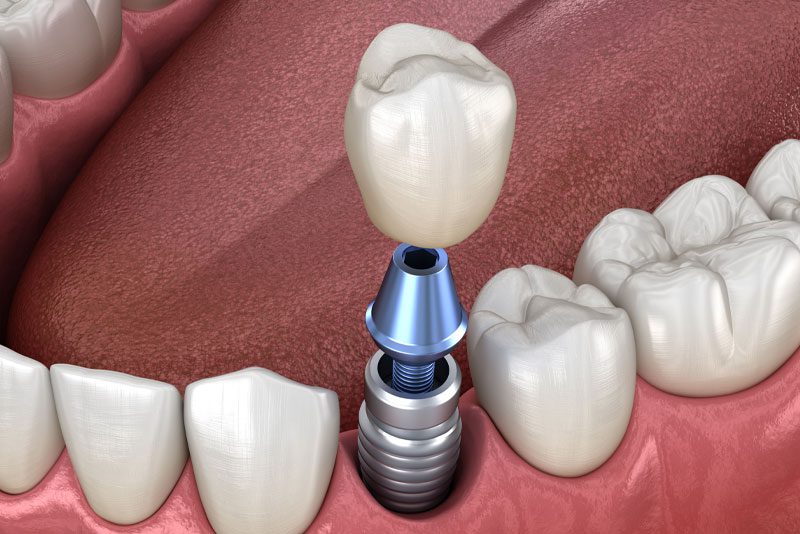
Dental implants are a permanent replacement for missing teeth and are made up of three parts—the post, abutment, and restoration. Dental implant posts are surgically inserted into the jawbone to anchor a new tooth or set of teeth. Modern dental implant surgery is precise, especially when CT guided technology is used. Immediate load of a temporary restoration may also be available for qualifying patients!
We understand that the idea of receiving oral surgery may cause some of our patients to feel nervous and worried. This is normal! But know that our dentists are trained in the latest techniques and keep your surgery as minimally invasive as possible. We take extra measures at iSmile Dental to make you comfortable at your appointment, too, so you can feel relaxed and calm during your procedure.
I understand the information disclosed in this form may be subject to re-disclosure and may no longer be protected by HIPAA privacy regulations and the HITECH Act.
